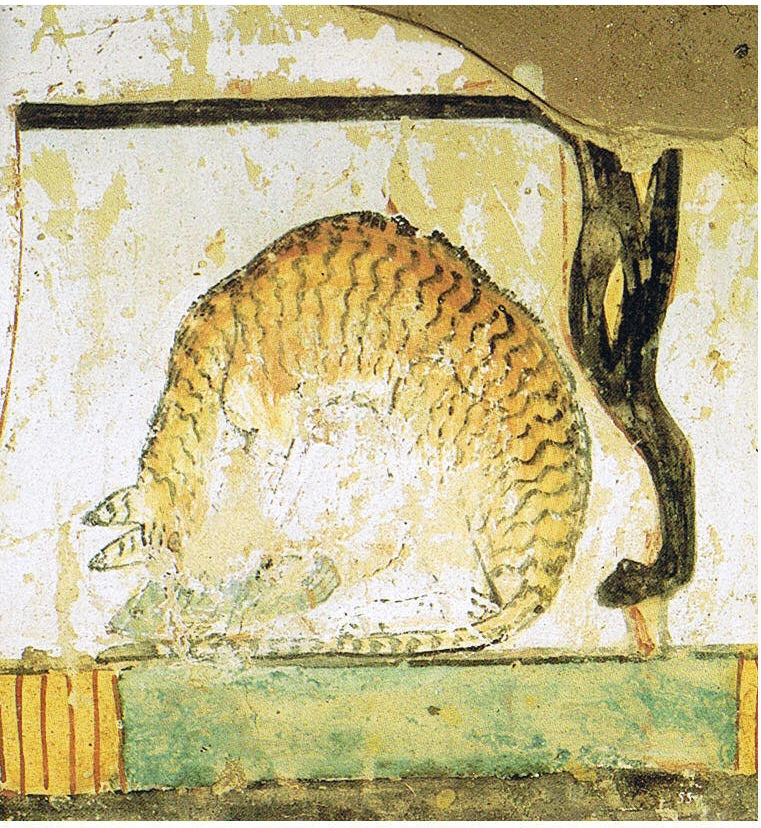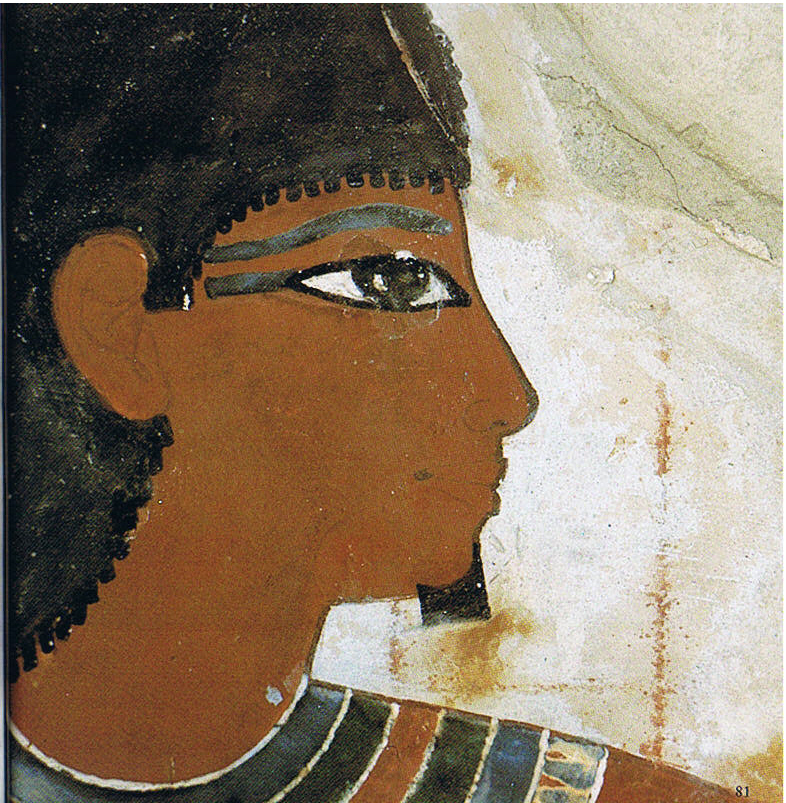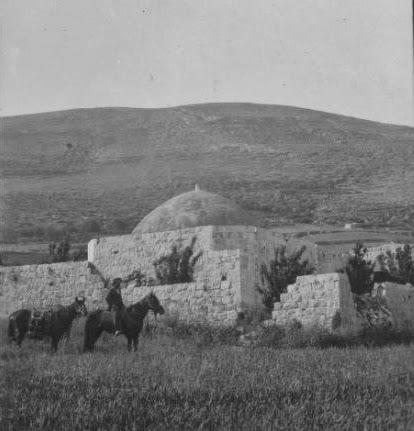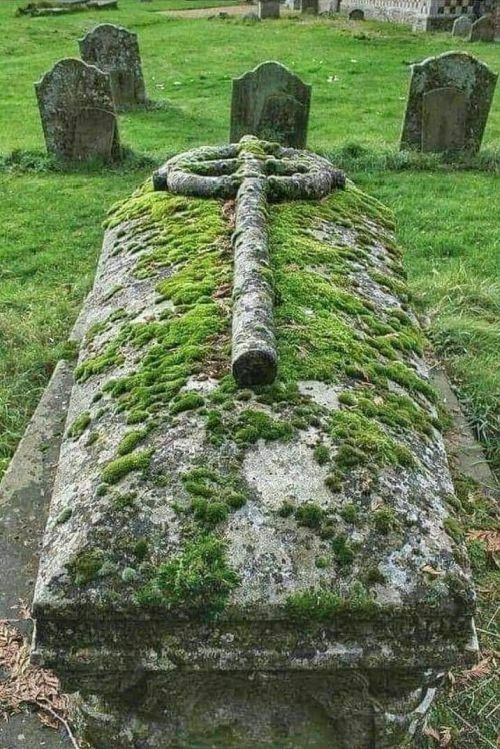10 Likes
#tomb
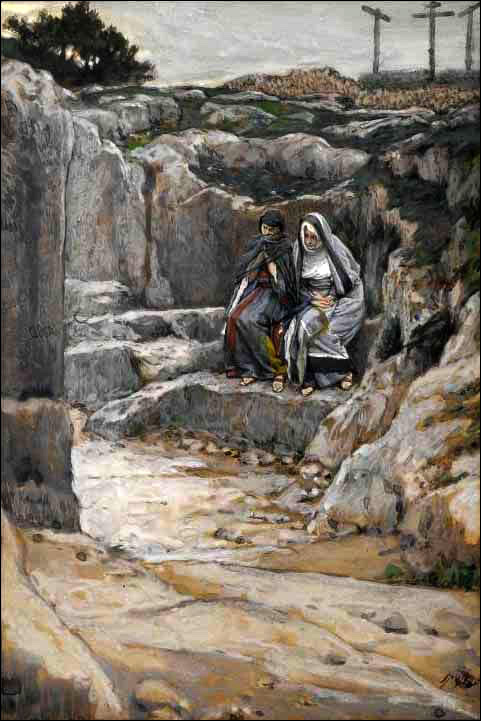
#religious #art #tomb #jesus
Holy Week
Silent Saturday
The Two Marys Watch The Tomb
Artist: James Tissot . French.1936-1902
6 Likes
2 Comments
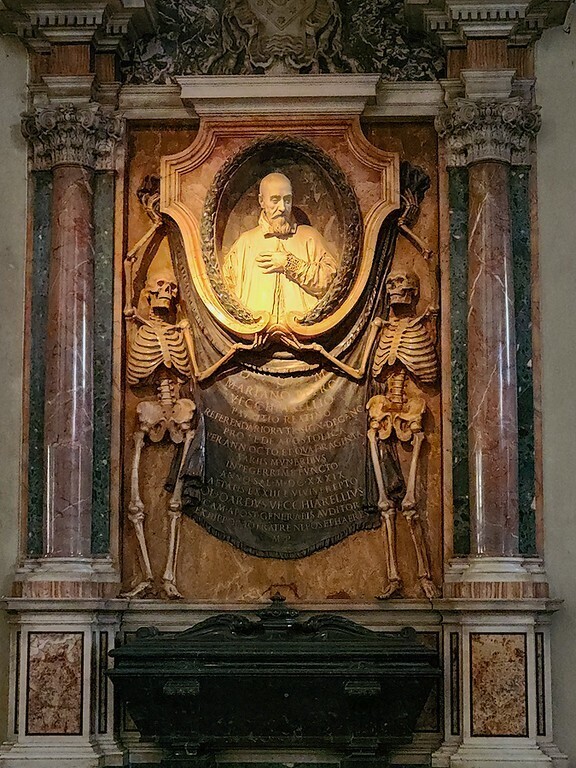
Catholics can be so ghoulish
Tomb of Cardinal Odoardo Vecchiarelli
San Pietro in Vincoli
Rome
#Architecture #Photography #Art #Tomb #Catholics #Churches #Rome
6 Likes
2 Comments
2 Likes
1 Comments

JOSEPH’S TOMB
Exodus from Egypt. Moses brought the bones of Joseph out of Egypt.
In Joshua, Joseph’s bones are said to have been brought from Egypt by the Children of Israel and interred in Shechem.
https://www.chabad.org/library/article_cdo/aid/588228/jewish/Shechem-Nablus-Josephs-Tomb.htm
Jewish Virtual Library
https://www.jewishvirtuallibrary.org/joseph-rsquo-s-tomb
3 Likes
6 Comments
#Music on #Red-Galactic-Moon
#PaulYoung 1/17/1956 #Birth English musician
https://www.youtube.com/watch?v=hMCzLPwppFY
#Paul-Young - #Tomb of #Memories (Official HD Video)
One person like that

James Rattray
Temple of 'Ahmed Shauh', King of Afghanistan
The current situation in Afghanistan in desperate. Posting memes found on Twitter doesn't mean anything and won't change a thing. Nothing will. But I do think about it and then I just have to go into the escapist dream world of history.
This is how the tomb of the King Aḥmad Shāh Durrānī (I know, a tautology, as shah already means king) who conquered Delhi and more or less founded modern Afghanistan, looked in 1848. The building is still there in Kandahar. James Rattray was a British Lieutenant who made a rather fascinating work with a lot of ethnographic lithographies from his own sketches. I have been looking at other pictures to see those stately mountains and even though it might be exaggerated in this it does seem that it is a beautiful city in the mountains.
#art #print #lithography #graphicprint #graphicart #JamesRattray #AhmadShah #tomb #Kandahar #Afghanistan #1848
11 Likes
13 Comments
 Baurnadomeeny, Wedge Tomb, Co. Tipperary. [+]
Baurnadomeeny, Wedge Tomb, Co. Tipperary. [+]
Location – Just North of Rear Cross, it’s signposted and is a field in from the road.
OS: R 846 601 (map 59)
Longitude: 8° 13' 40.03" W
Latitude: 52° 41' 30.83" N
See map at the bottom of the page.Description and History – This ranks amongst one of my favourite sites in the country and I can’t understand why this is not a much more visited site and much more looked after. It’s not neglected by any means but could do with a little care and attention. Again connected with Diarmuid and Grainne this tomb appears to have multiple alignments with different chambers aligned with different important sunrises. The tomb is surrounded by a double kerb, 16m and 11m in diameter respectively. The outer kerb is a largest but no stones stand above 1m in height. The tomb is very long, roughly 5m long with a septal stone creating the portico and main chamber. The capstone at the front appears to be carved on the inside to create a small channel. I wonder if this allows the sun to flow into the chamber. There are also some small carvings, of no particular pattern, on some of the inner stones, but I have not been successful in locating these. Some cairn material remains on top. This is a fantastically preserved tomb and really well worth traversing the muddy field to get there.
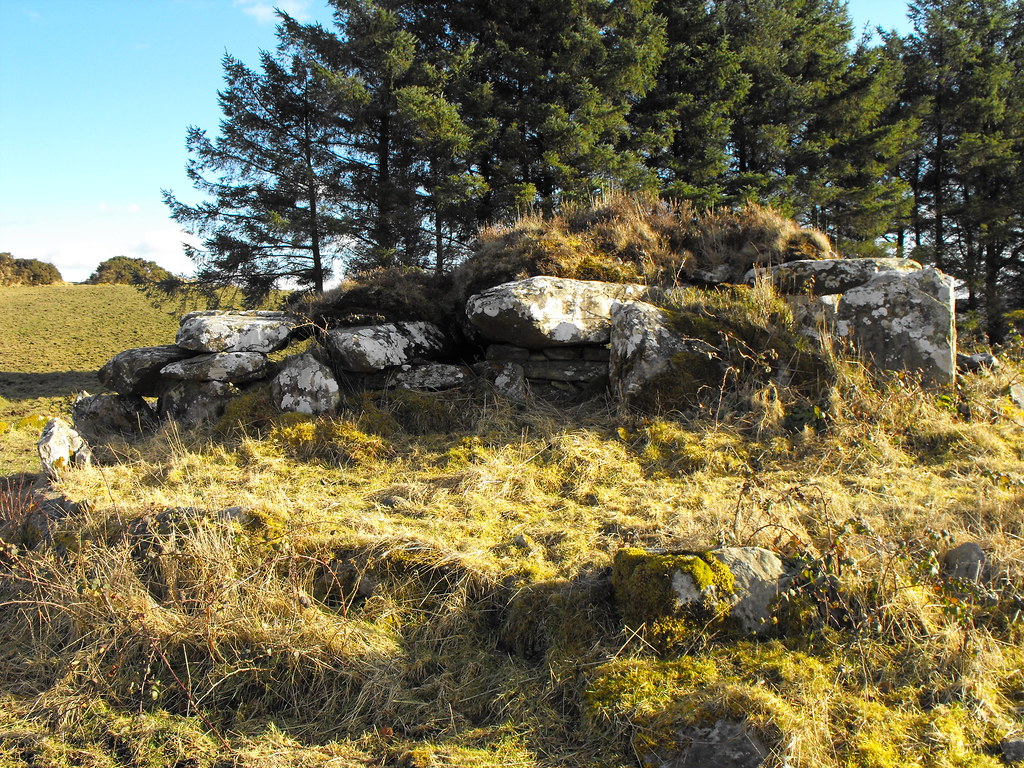
#Tipperary #Ireland #Stones #tomb #chamber #history @ramnath@nerdpol.ch ,@108madhuri@nerdpol.ch @Leyline
14 Likes
9 Likes
11 Comments
3 Shares

Trethevy Quoit from the South The problem with this is that we don't know its complete history. Is that hole in the capstone an original feature? What we do know is that someone once used it to hold a flagpole.
Trethevy Quoit, Cornwall, England
Trethevy Quoit is a well-preserved Neolithic dolmen tomb, known locally as ‘The Giant’s House,’ located between St. Cleer and Darite in Cornwall, England. It was erected during the Neolithic period between 3700-3500 BC. Like other portal tombs of this type, Trethevy Quoit was originally covered by a mound. At the upper end of the cover slab is a natural hole, which may have been used for astronomical observation.
(Source: commons.wikimedia.org)
2 Likes
5 Likes
Radar Scans in King Tut’s Tomb Suggest Hidden Chambers
LUXOR, Egypt — After two days of radar scans in the tomb of Tutankhamun, archaeologists have concluded that preliminary examination of the data provides evidence that unopened sections lie behind two hidden doorways in the pharaoh’s underground burial chamber.
The results, announced Saturday morning at a news conference in Luxor, bolster the theory of Nicholas Reeves, a British archaeologist who believes that the tomb contains another royal burial. The hidden tomb, he has speculated, belongs to Nefertiti, King Tut’s mother-in-law, who may have ruled as a female pharaoh during Egypt’s 18th Dynasty. If so, this would be only the second intact royal burial site to be discovered in modern times—and it would, in the words of Mamdouh Eldamaty, the Egyptian antiquities minister, represent “one of the most important finds of the century.” At the press conference, he said he was “90 percent positive” that another chamber lies behind the north wall of the tomb.
#en #article #Egypt #Luxor #archaeology #archeology #history #Tutankhamun #Nefertiti #tomb #discovery #nationalgeographic
One person like that

Pyramid-Age Love Revealed in Vivid Color in Egyptian Tomb
http://www.livescience.com/41237-love-revealed-in-egypt-tomb.html
http://www.livescience.com/41234-photos-egyptian-tomb-pyramids.html
#photos #artwork #pyramid #love #egyptian #tomb #history #pyramid #ancient #culture #children #priestess #meretites #singer #kahai #saqqara #mummies #archaeology
One person like that
1 Comments

#Skull #Relief - Temple of the Skull, #Palenque, #Chiapas, #Mexico
#Templo de las #Calaveras (Temple of the Skull) was discovered in 1993. – (Temple VIII) contained the #Tomb of the Red Queen, an unknown noble woman, possibly the wife of Pakal, discovered in 1994. The remains in the sarcophagus were completely covered with a bright red powder made of cinnabar. The Temple has a single skull on one of the pillars.
One person like that
